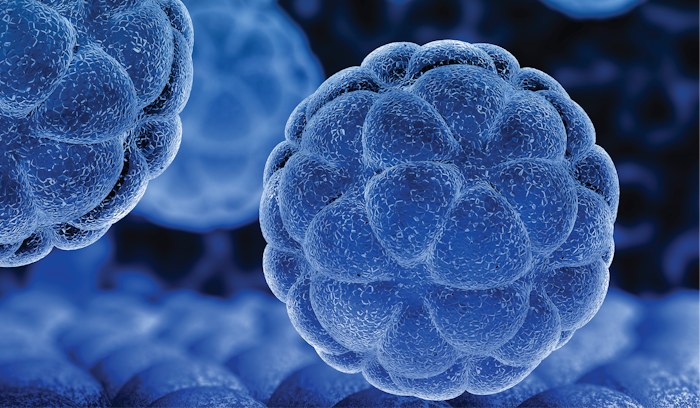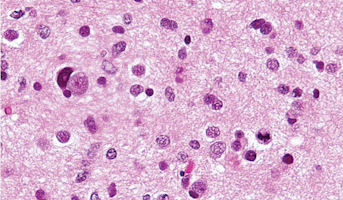Genetic Vulnerabilities in Supratentorial and Infratentorial Pediatric High-grade Gliomas
Email Principal Investigator
About this
Project
Gliomas are the most common central nervous system (CNS) tumors in children and adolescents, and they display a particularly broad range of clinical behavior. The impact of CNS tumors on infant mortality is very important. During the last decades there have been no advances in the prognosis of these tumors, while therapeutic strategies have changed very little.
Pediatric high-grade glioma (pHGG) is a devastating disease with a less than 20% survival rate 2 years after diagnosis, with the most aggressive forms being lethal within months. Conventional treatments, such as chemotherapy and radiotherapy, have devastating effects on the developing brain of a child. Hence, novel treatment modalities are desperately needed. Dissecting the precise signaling pathways that lead to the tumor formation and identifying genetic vulnerabilities of the different pHGG subtypes will be instrumental to identify targeted therapeutic approaches.
Is it conceivable that suprantentorial versus infratentorial H3.3 K27M mutant gliomas arise from different cell of origin, with distinct neurodevelopmental signaling pathways. These pathways could represent specific genetic vulnerabilities that could be exploited from a therapeutic point of view.
Ask The
Scientists
What are the goals of this project?
In this project we aim to study how the biomarkers are specifically regulated in the tumor with potentially different cell of origin; generate loss-of- function and gain-of-functions to dissect the contribute of the neurodevelopmental signaling pathways that we have identified and that we believe are essential for tumor maintenance.
What is the impact of this project?
The main goal of this project proposal is to identify novel therapeutic target for H3.3 K27M mutant gliomas, that represent the most aggressive primary brain tumor in young children. Targeted therapies would spare the kids from the devastating effect of the current treatment approaches, such as chemotherapy and radiotherapy.
Why is the CBTN request important to this project?
Currently, there is no other cellular model that could be used to perform our studies. The cell lines generated though the CBTN represent a unique and extremely valuable resource. Without those lines we will not be able to prove the significance of our preliminary findings and we will miss the opportunity to identify novel therapies for pHGGs.
Specimen Data
Children's Brain Tumor Network is contributing to this project by providing cell lines.




